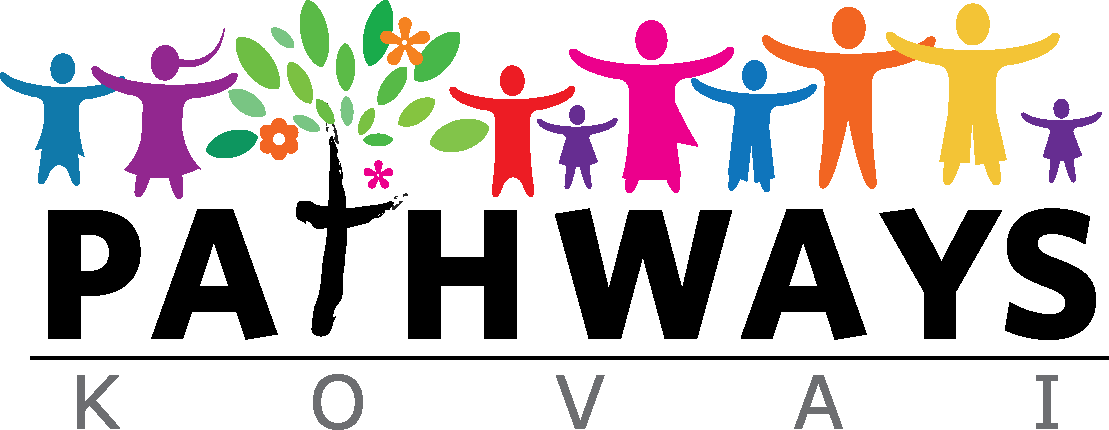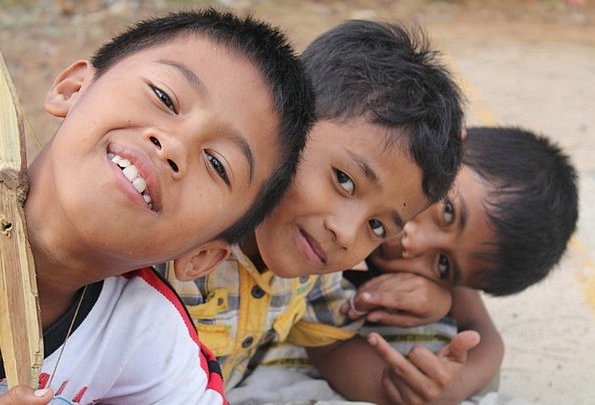Dr Porpavai Kasiannan
“Too many children and young people, rich and poor alike, in all four corners of the world, are experiencing mental health conditions, this looming crisis has no borders or boundaries. With half of mental disorders starting before age 14, we need urgent and innovative strategies to prevent, detect and, if needed, treat them at an early age.”
Henrietta Fore, UNICEF Executive Director.
There are more than 434 million children and adolescents in India which is the second most populous country in the world with the population of children under the age of five more than 126.6 million increasing approximately by 27 million births every year. Over the years there has been a great improvement in physical health of children with universal immunization and improved nutrition. However, mental health in children and adolescents gets very little attention.
At any given point of time, nearly 50 million Indian children suffer from mental disorders, and this number will increase if the adolescent population is considered as well. The prevalence rates of childhood mental health issues vary from 12 to 33% depending on the location of the study. It is estimated that about 9.8 million Indians aged 13–17 years suffer from serious mental illness which would be greater in number if the entire age spectrum of childhood and adolescence is considered. A report published by the WHO in 2014 showed that the prevalence of suicide is 21.1/100,000 population and nearly 258,075 Indians committed suicide in 2012 among which a large proportion are students aged 0–19 years.
Mental health issues in children and adolescents not only affects the children and their families but also the society at large. According to WHO, the economic burden of neuropsychiatric disorders outweighs other noncommunicable diseases and it can be as high as 4% of the gross national product (GNP) among which nearly 2% was accounted for treating mentally ill people. The indirect cost of childhood issues includes the time given by the caregivers, lost economic opportunities of the parents and/or caregivers and the impact on the mental health of those who care for these young ones. The magnitude of the burden is huge in India mainly due to the sheer numbers in terms of population combined by lack of services.
The existing policies and programs that aim to address the child and adolescent mental health issues just touch the tip of the iceberg. Most programs include mental health as a part of general health and target only the 10-19 year age group leaving the under 10s not catered for. Children and adolescents in the vulnerable group such as orphans, street kids and children in detention who need specialized mental health support seem to receive the least. It is estimated that <1% of the children and adolescents suffering from mental disorders receive treatment.
There is an immediate need for policies and programs to address the gap in the mental health care of children. We need more people trained in skills to understand and help children and adolescents with mental health issues. As a small step we have started the PG Certificate in Child and Adolescent Mental Health at Pathways. The course has run successfully for two years. The more we make the community literate in child and adolescent mental health, better the future for our young ones.
References
Hossain MM, Purohit N. Improving child and adolescent mental health in India: Status, services, policies, and way forward. Indian J Psychiatry 2019;61:415-9.
https://www.unicef-irc.org/article/1933-increase-in-child-and-adolescent-mental-disorders-spurs-new-push-for-action-by-unicef.html


Recent Comments